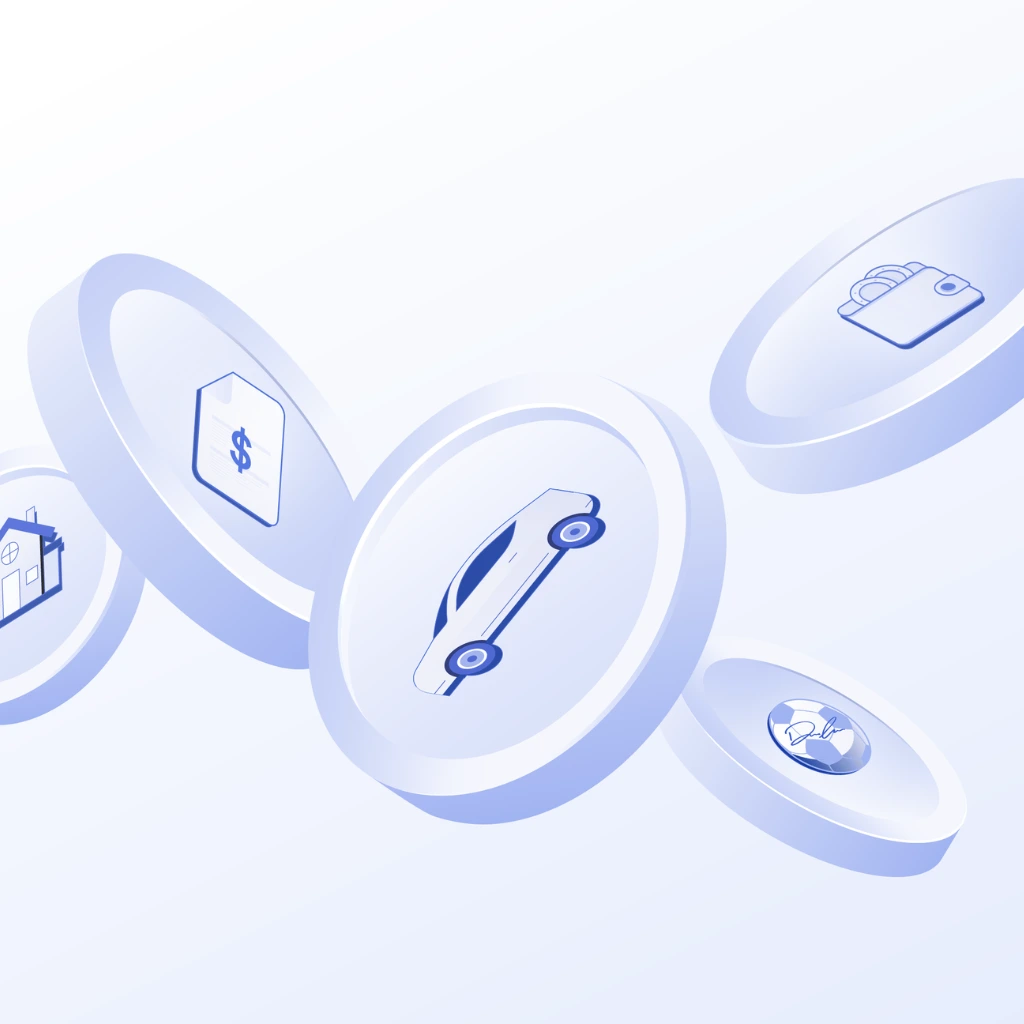Why the RWA Investment Trend is Winning Over Investors Right Now: A Step-by-Step Guide
If you’ve been hearing about the RWA investment trend but don’t know where to start, you’re in the right place. RWA stands for Real-World Assets, and this trend involves turning physical or traditional financial assets—like real estate, commodities, or art—into digital tokens on blockchain platforms. These tokens make investing more accessible and transparent. Here’s a step-by-step guide to help you understand what’s driving the trend and how you can get involved.


Step 1: Understand What RWA Investment Trend Means
RWA means investing in real-world assets through digital tokens. Instead of buying a whole property or expensive art piece, you can own a fraction of it digitally. This process is called tokenization. Think of it as breaking big assets into smaller, affordable pieces that anyone can buy and sell easily online.
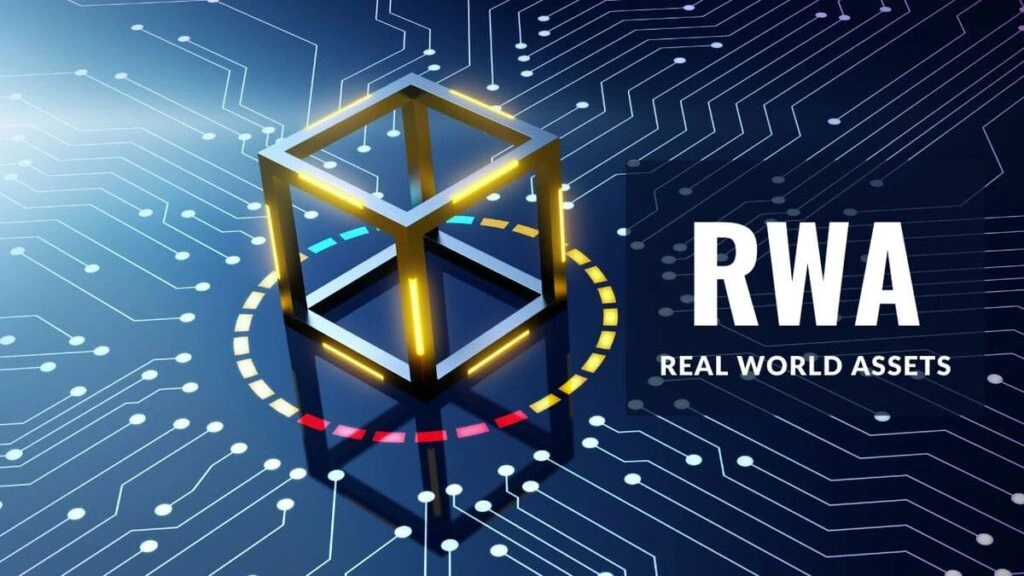
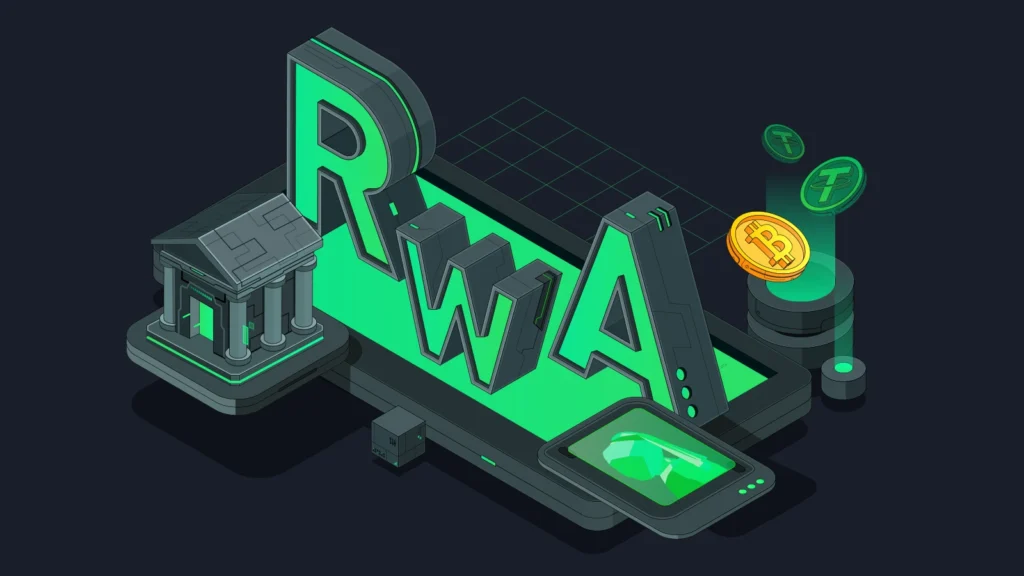
Step 2: Know Why Investors Are Interested in RWA Investment Trend
The main reason investors love RWA is diversification. Traditional stocks and crypto can be risky and unpredictable. Adding RWAs to your portfolio brings stability because these assets have real value behind them. Also, tokenization opens the door for smaller investors to buy into expensive assets they couldn’t afford before.
Plus, thanks to blockchain technology, transactions become faster and cheaper — no more long waits or high fees.
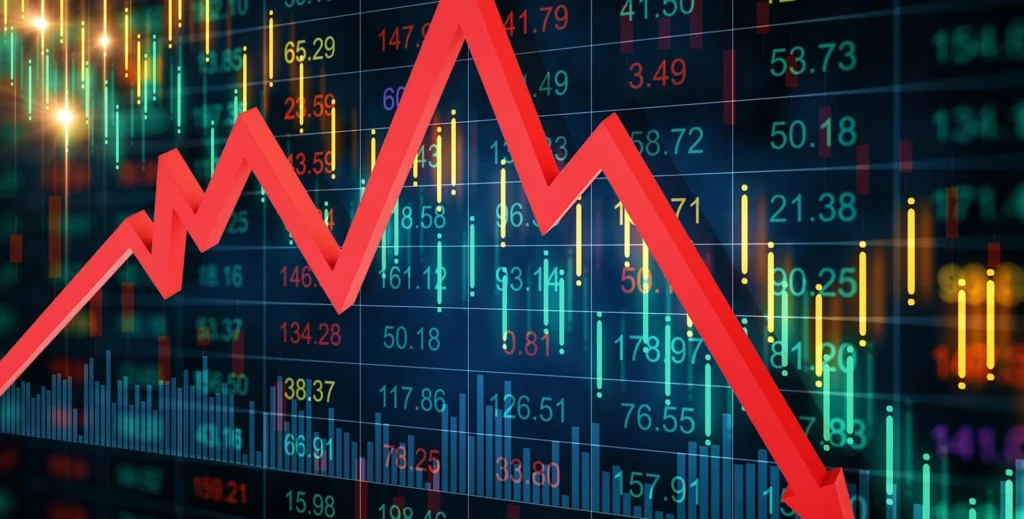
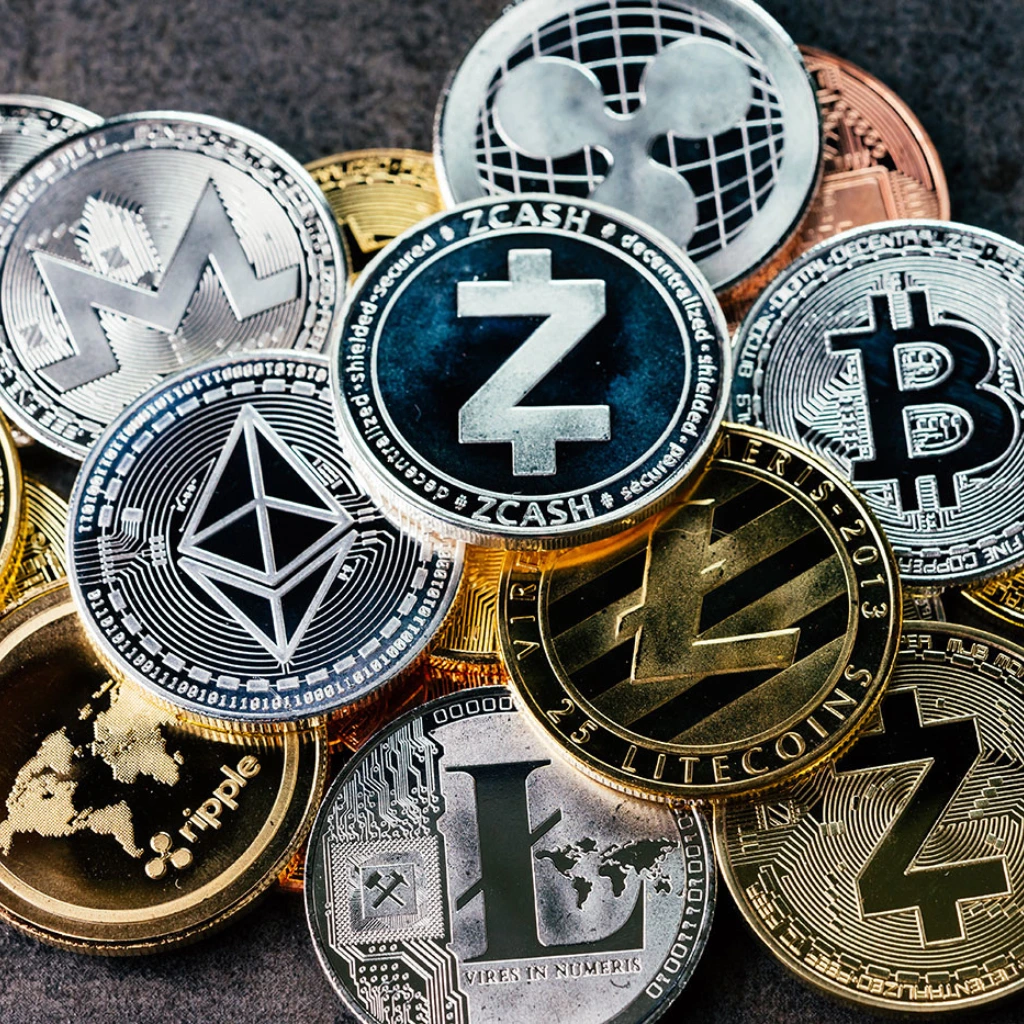
Step 3: Learn the Technology Behind RWA Investment Trend
Blockchain is the key technology here. It creates secure digital tokens that represent ownership of real assets. These tokens can be bought, sold, or traded just like cryptocurrencies. What makes it special is the transparency — every transaction is recorded on a public ledger, reducing fraud risk and hidden fees.
Step 4: Weigh the Pros and Cons
Before diving in, it’s important to consider both the benefits and challenges:
Pros:
- Easy access to high-value assets
- Improved liquidity compared to traditional ownership
- Transparent and secure transactions
- Potential for portfolio diversification
Cons:
- Regulatory rules around tokenized assets are still changing
- Some assets may not be easy to sell quickly
- Value can still fluctuate like any investment
- Technology and market adoption are still evolving
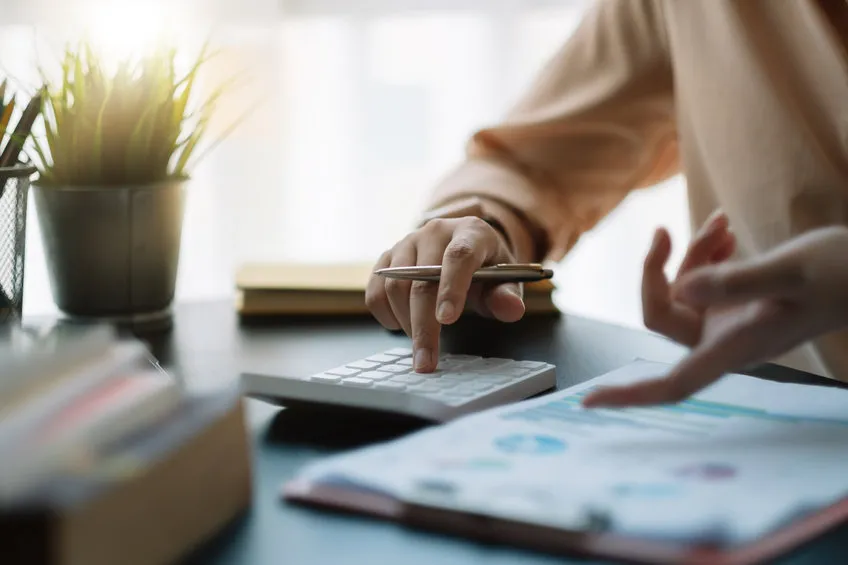

Step 5: Identify Who’s Leading the Movement
Big financial institutions like banks and asset managers are already exploring RWAs to create new investment products. Retail investors are also gaining access as more platforms offer tokenized asset options. It’s becoming easier to join the trend, but it’s still early days.
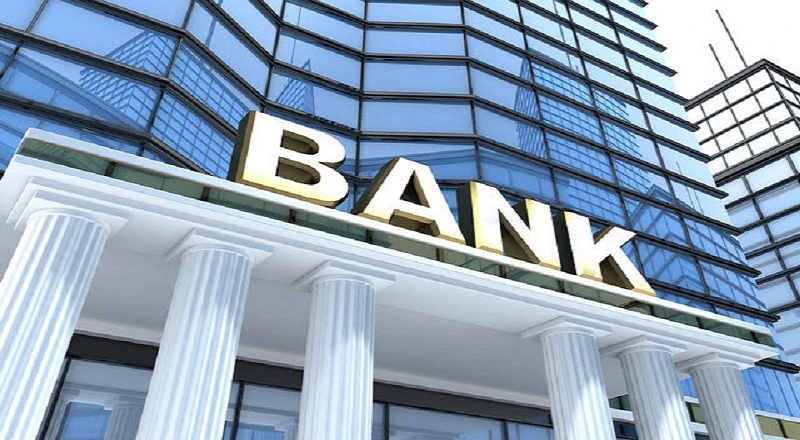
Step 6: Consider the Future Potential
The RWA investment trend could revolutionize global investing by making it easier for people everywhere—including emerging markets—to own parts of international assets. However, this future depends on clearer regulations and better market education to ensure safe and effective participation.
Step 7: Decide If RWA Investing Fits Your Goals
Think about your own investment strategy. Are you looking to diversify? Interested in new tech? Ready to explore alternative assets? If yes, then learning more about RWA investment platforms and opportunities could give you a competitive edge in today’s fast-changing financial world.
Wrapping Up
The RWA investment trend isn’t just hype — it’s changing how people think about owning and investing in real assets by combining traditional value with digital innovation. While it has risks, the accessibility and transparency make it a trend worth watching and potentially joining.
Now that you’ve got the steps, are you ready to explore RWA investments and see where this trend takes you?
Relevant Link : Here

